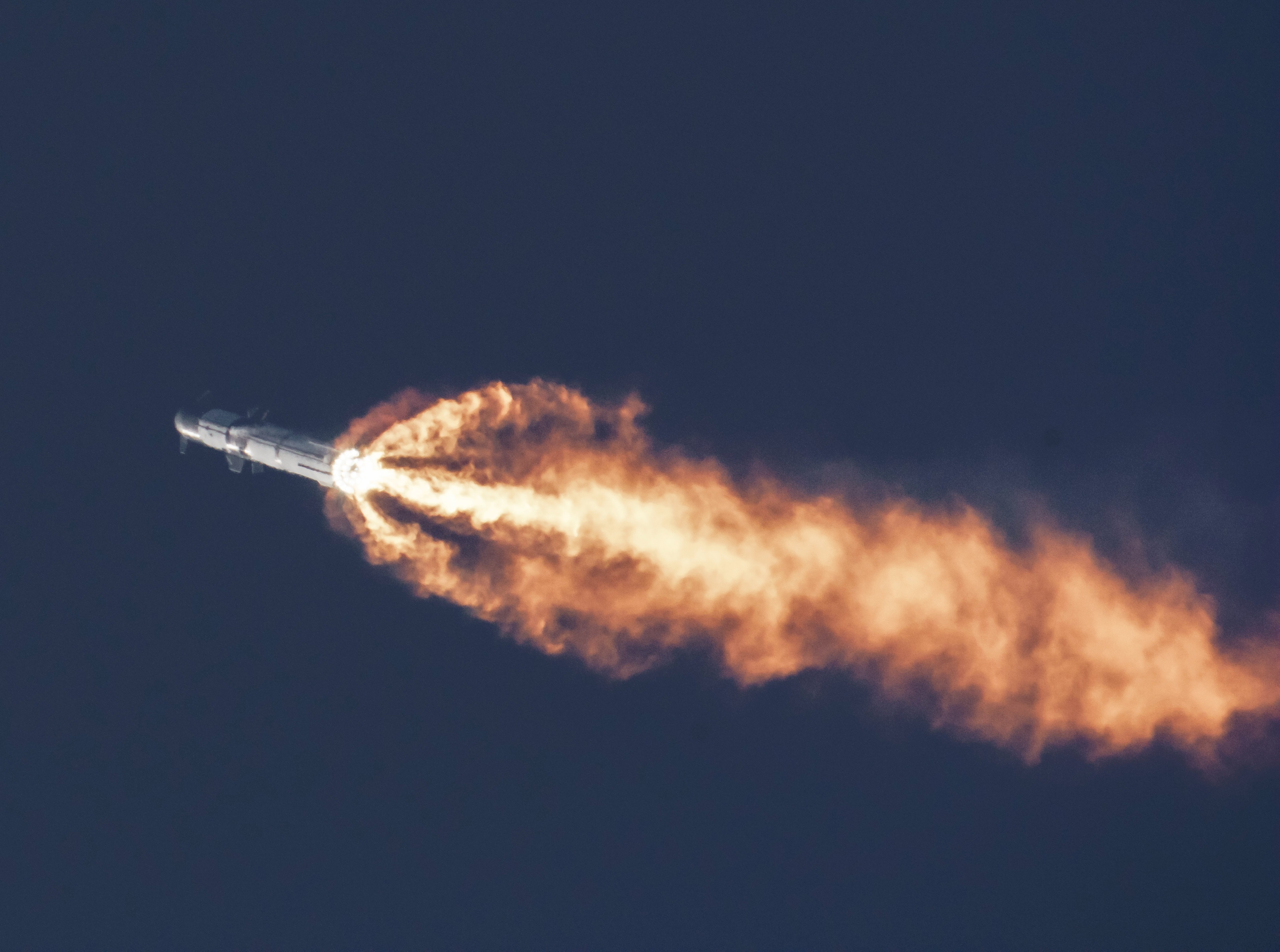
The SpaceX Starship's debut flight launch on April 20, 2023, was both flawless and spectacular. The 394-foot-tall (120-meter) rocket — the biggest and most powerful ever built — fired up its 33 engines and soared into the skies at 9:33 a.m. EDT. The uncrewed spacecraft was expected to complete a 90-minute trip around the Earth before splashing down near Hawaii.
But just three minutes after leaving the ground, the massive rocket began to spin. Soon after, it exploded into a ball of fire. It was later revealed that the spacecraft failed to separate from its booster after takeoff. This caused the entire stack to tumble.
Despite the fiery crash, SpaceX considered the mission a success. Lifting the massive rocket off the launch pad was a big step forward in their goal of shuttling passengers to outer space one day.
"From a milestone standpoint, our main goal is to clear the pad, (meaning ascend past the 500-foot launch tower without a failure)," said SpaceX engineering manager Kate Tice. "Every milestone beyond that is a bonus. The farther we fly, the more data we collect."
The company will now work with local officials to recover the rocket debris from the Gulf of Mexico. This will help them determine what went wrong and fix the issue. SpaceX CEO Elon Musk believes the team will be ready to conduct another test flight within a few months.
The Starship spacecraft and its massive rocket, Super Heavy, have been in development since 2012. If successful, the reusable transportation system will take humans to the Moon, Mars and beyond.
Resources: Livescience.com, NPR.org, Space.com, guardian.com
